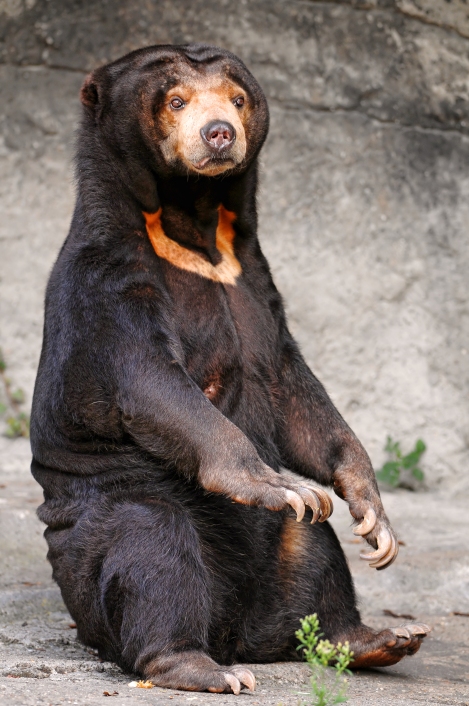
Thousands of Britain’s traditional Queen’s Guard soldiers have been laid off in the past several years, yet spending on the soldiers’ expensive bearskin Busby hats has soared 500% since 2008. That year, animal activists met with Labour Defence Minister Baroness Taylor to review new designs for the age-old caps, including the possibility of creating them from synthetic materials. However, the government recently revealed that real bearskin is still being used and that the cost to taxpayers has ballooned from £31,000 in 2008 for 35 new hats to £149,379 in 2015 for 122 hats, which each cost around £1,224.
The announcement sparked triggered fresh outrage and calls for the hats to be phased out. Shadow Environment Minister Alex Cunningham, who investigated the caps’ cost, said: “The British public will be horrified that Canadian black bears are being slaughtered, often indiscriminately, to provide fur headgear for British soldiers. The Government have admitted spending hundreds of thousands of pounds on fur headgear over the last few years but despite escalating costs, and evident animal welfare issues, have no plans to research alternatives. With leaders in the British fashion industry prepared to develop alternatives, it’s time to think again.”
Unbeknownst to them, British taxpayers have footed the bill for the 925 caps purchased over the last decade, with a total cost around £880,000, an average of £951.53 per cap. In 2009, the 195 hats bought cost £148,891, averaging £763.54 each. Then in 2010, Tories gained power and cut 20,000 soldiers from the army, nevertheless increasing new hat spending, with 695 purchased since 2010.
PETA UK director Mimi Bekhechi said: “Fur farming has been banned in the UK for more than a decade and PETA has shown how shooting bears in the Canadian forest, often orphaning their cubs, is even more cruel than farming, so it’s an outrage for the Ministry of Defence to source real fur for ceremonial attire. For each of The Queen’s Guards’ caps , a bear is cruelly killed either by being shot or ensnared, possibly for days, in a painful trap. British taxpayers – a good 95% of whom object to killing animals for fur – are unwittingly paying for it. With the resources, science and technology at the MoD’s disposal, it’s inexcusable that the same Army which is capable of building some of the most sophisticated equipment and machinery in the world claims that it’s unable to find a cruelty-free replacement.”
The Ministry of Defence also admitted that 55 coney skin Busby hats (made from rabbit fur) were purchased between 2005 and 2015, at a total greater than £25,000, and six fox fur caps were bought at a total cost of £5,499. In a statement, Defence Minister Philip Dunne responded: “The Ministry of Defence does not buy bear pelts; it buys ceremonial caps direct from suppliers who source pelts from animals culled as part of a programme to manage the wild population licensed by the Canadian government. Animal welfare standards relating to the bear cull are a matter for the Canadian government. The MoD also purchases coney skin (rabbit fur) for the Royal Engineers’ and Royal Signals’ Busby and fox fur for the Royal Horse Artillery, Kings Troop Officers’ Busby. The current contract requires a commitment to sustainable procurement. Depending on usage and maintenance, bearskin Busbys can last for up to 50 years. The coney skin and fox fur Busbys have indefinite life spans if properly maintained.”
Looks like animal activists and British taxpayers will have to continue to fight to end the unnecessary and exorbitant sourcing of Queen’s Guard caps from bears, rabbits, and foxes, defending wildlife as well as protesting profligate government spending.

Source: Glaze, Ben. “Spending on British Army’s bearskin hats soars by 500% in seven years.” Mirror. 14 January 2016.
Wildlife Conservation Film Festival
Biodiversity & Wildlife Crime Conference
Christopher J. Gervais, F.R.G.S.
Founder & CEO
Christopher@WCFF.org
http://www.WCFF.org
Facebook.com/WCFForg
Twitter: @WCFF_org
Twitter: @CJGERVAIS
Instagram: @wcff_org
Vimeo.com/wcff
dailymotion.com/WCFF1
LinkedIn: Wildlife Conservation Film Festival



























